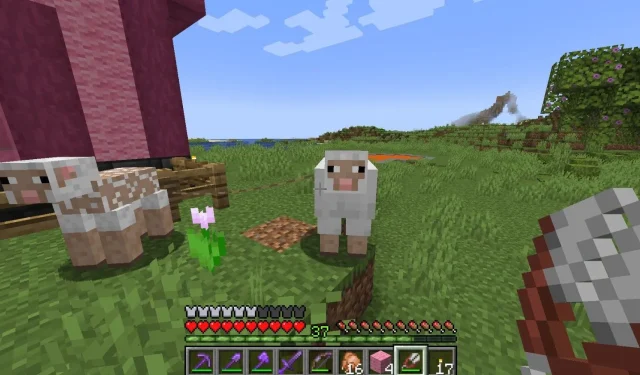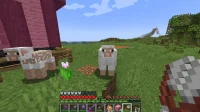Minecraft has incrementally enriched the Overworld through its recent updates. However, the latest release, Spring to Life, has notably elevated the experience by providing biome-specific textures for various passive mobs, including cows, pigs, and chickens. This overhaul enhanced the game’s visuals, introducing meticulously crafted natural elements such as falling leaves and vibrant firefly bushes. Regrettably, an essential passive mob, the sheep, was overlooked in this texture revamp despite being the most deserving of an update.
For years, sheep have been integral to the Minecraft ecosystem, serving as a source of both food and essential resources for crafting and construction. Despite their utility, sheep missed out on crucial texture updates in the latest iteration, remaining unchanged with a limited palette of wool colors. They’ve essentially stagnated while all other farm animals received a fresh, updated look, highlighting the disparity in their treatment. Sheep undeniably warrant a modernized design and texture improvement more than any other animal in the game.
Comprehensive Updates for Farm Animal Mobs Exclude Sheep
Chickens, Cows, and Pigs Showcase New Textures
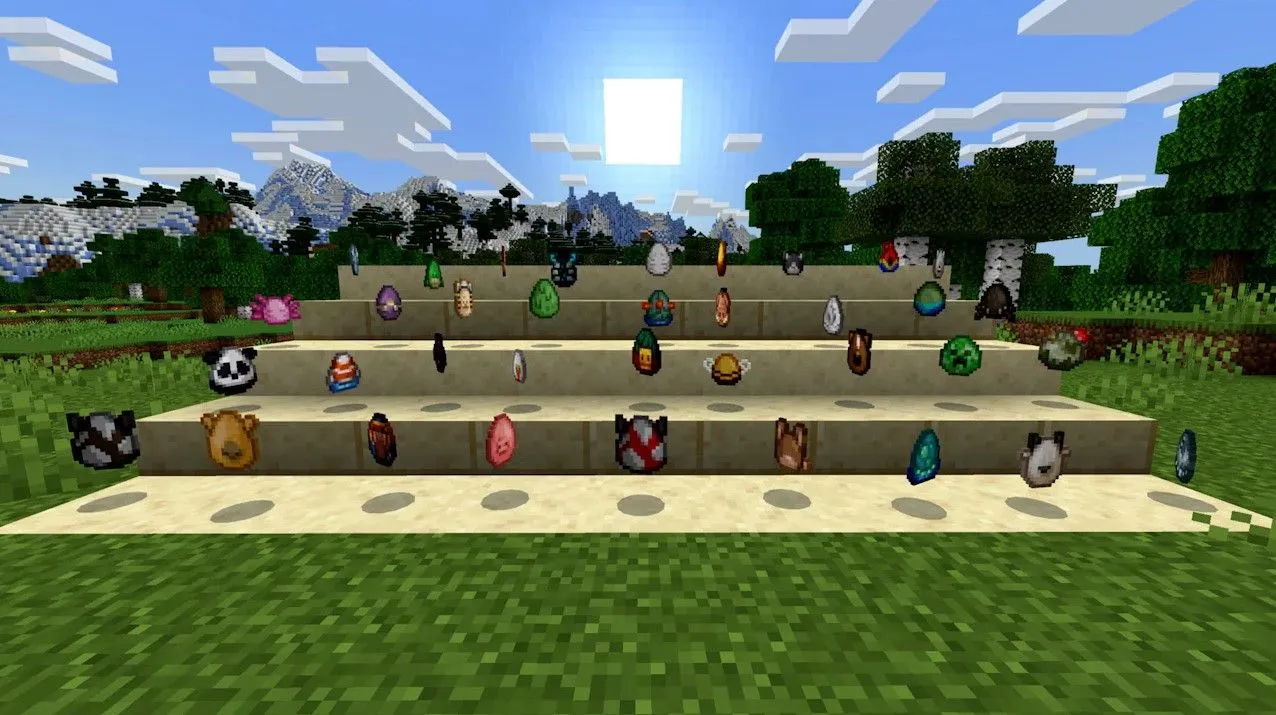
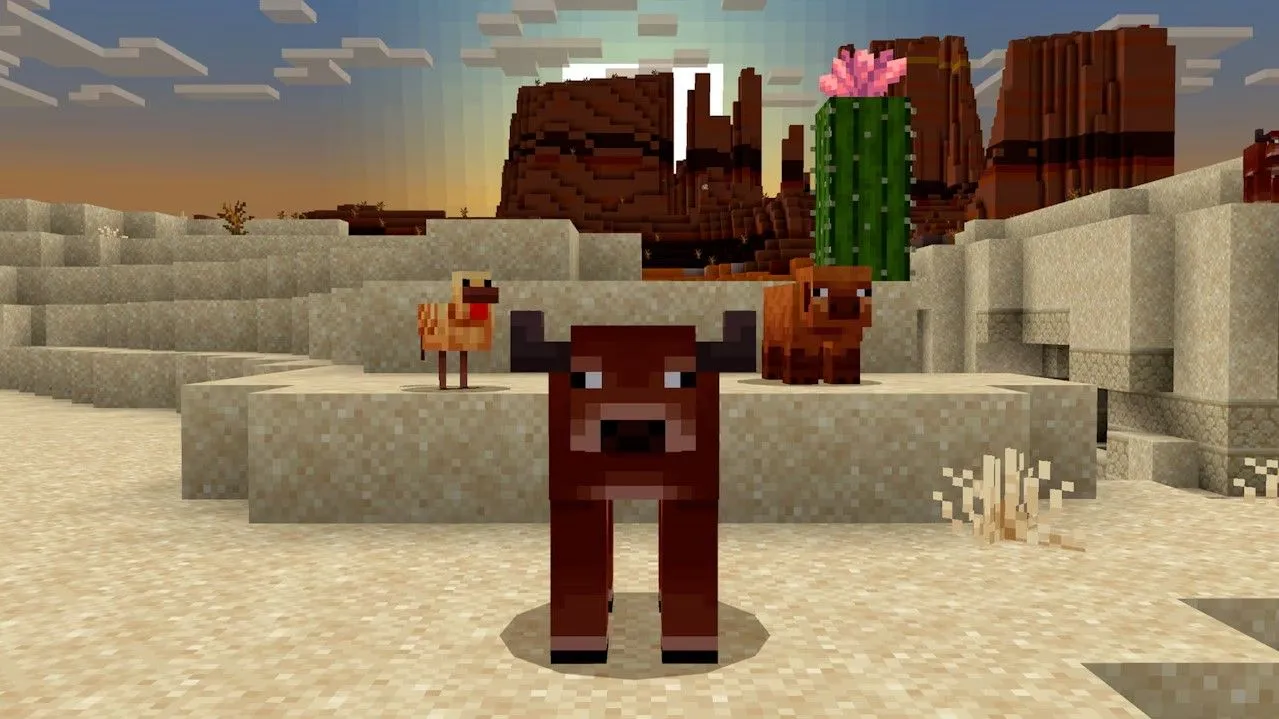
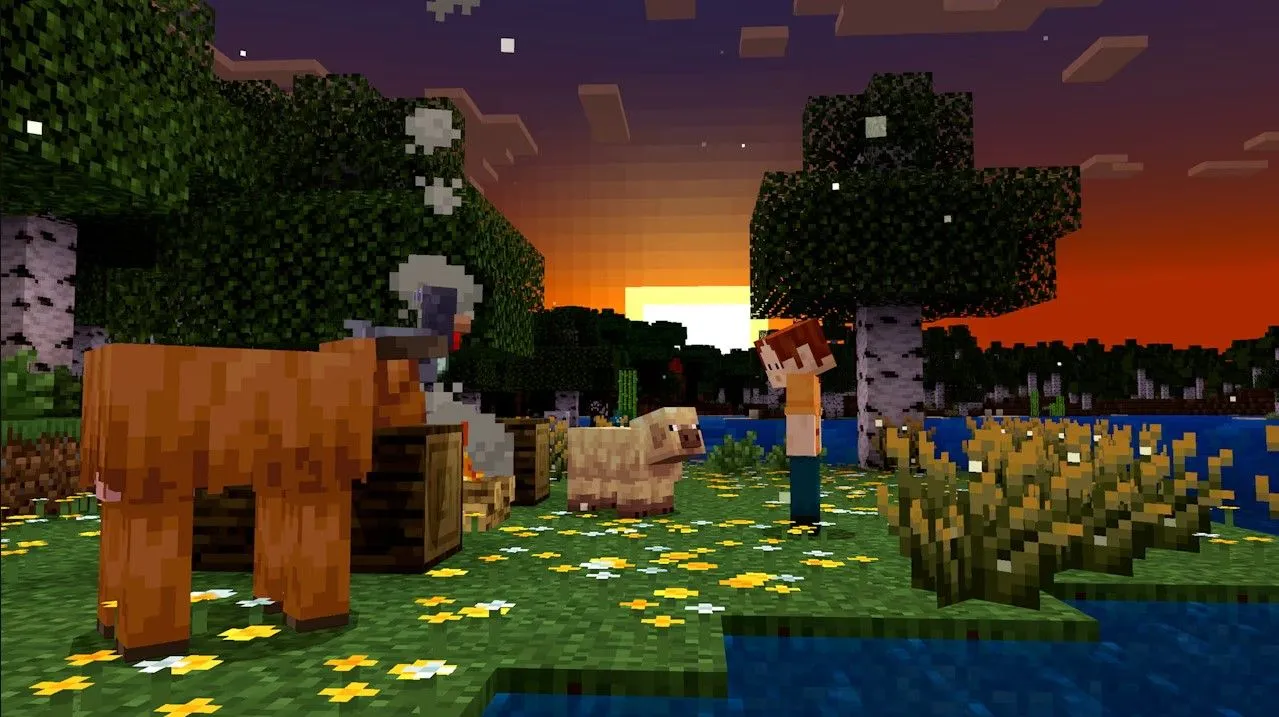
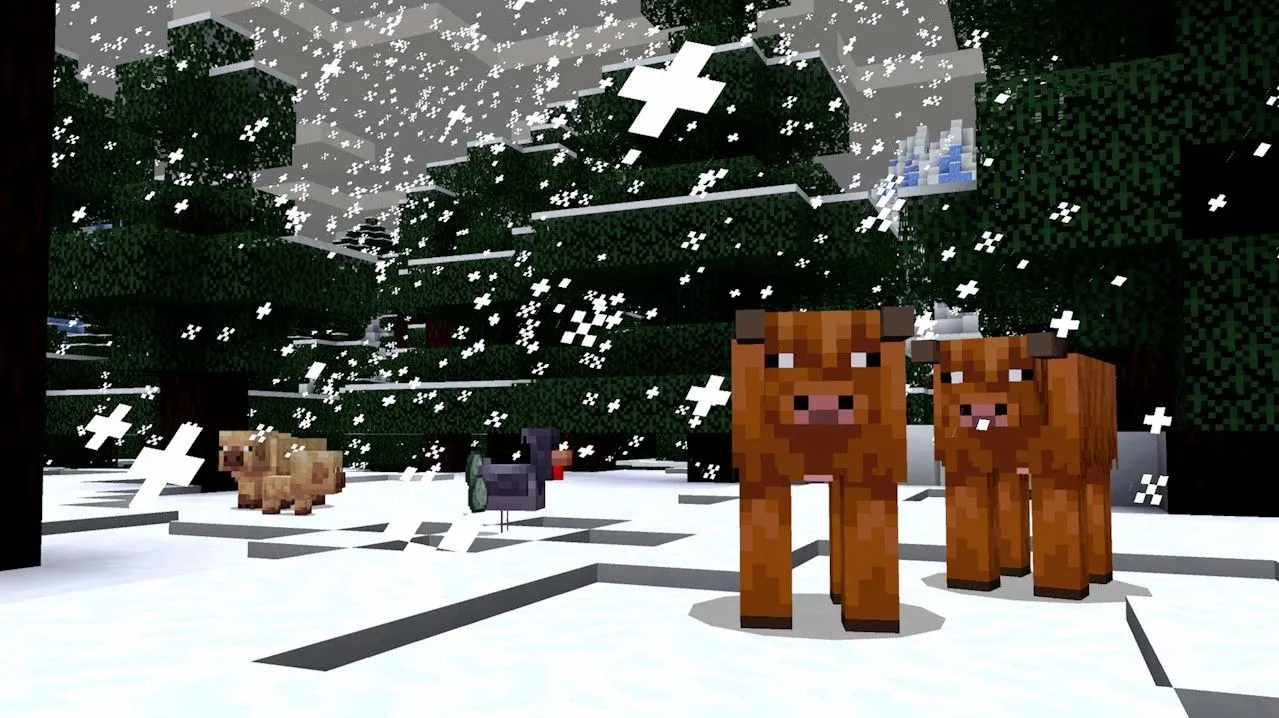
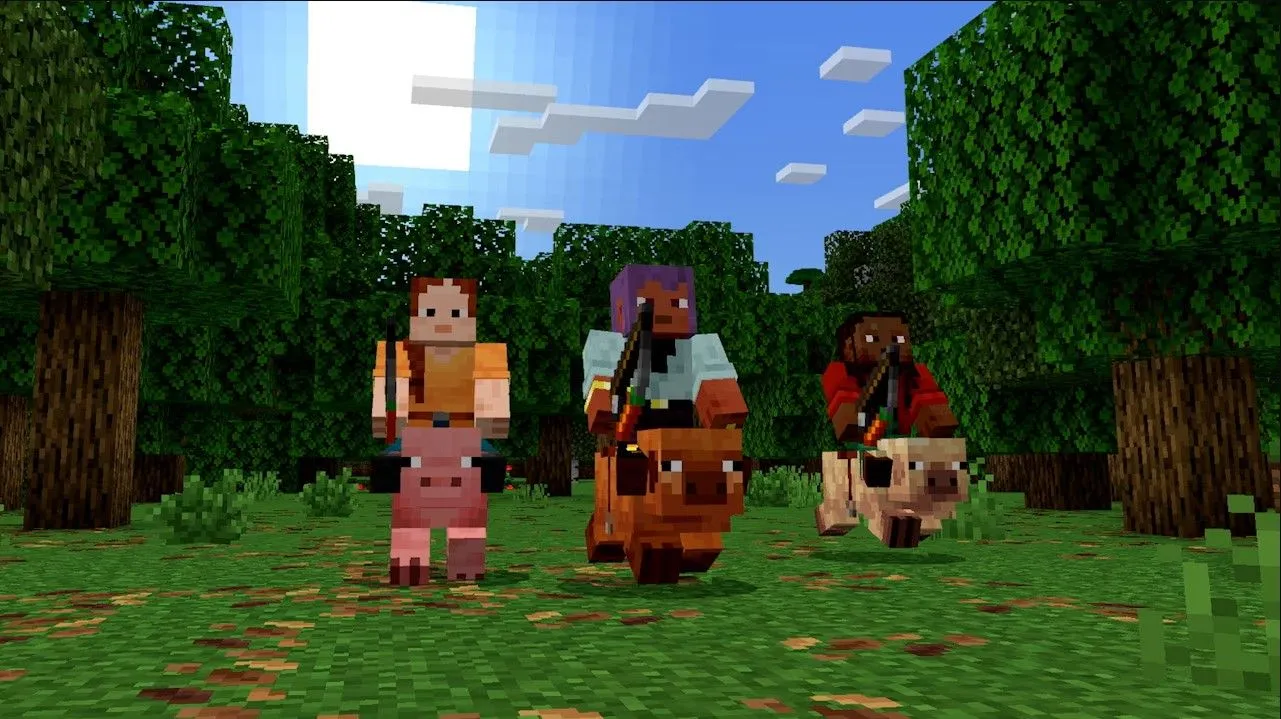
With the release of Spring to Life, the majority of Minecraft’s farm animals received significant texture upgrades. Pigs, chickens, and cows now display unique textures that are tailored to the respective biomes in which they spawn. For example, livestock in colder regions like snowy plains and taiga are designed to look furrier, while animals in warmer climates, such as jungles and savannas, appear more adapted to high temperatures.
These new visuals draw inspiration from real-world animal breeds, enhancing immersion in the game. The cold biome cow resembles Scotland’s Highland Cattle, while the warm biome pig reflects the traits of the Red River Hog from Africa. This introduction of distinctive animal designs lends more personality to each biome, making exploration more rewarding for players.
Despite these enhancements, sheep were distinctly absent from the texture update. Instead of receiving biome-specific designs, sheep were granted only minor alterations in wool color distribution based on their habitat; white sheep appeared in temperate zones, brown sheep thrived in warmer areas, and black sheep inhabited colder climates. This lack of a substantial upgrade is disheartening.
Sheep’s Unique Contribution to the Game
Wool and Mutton: Essential Resources
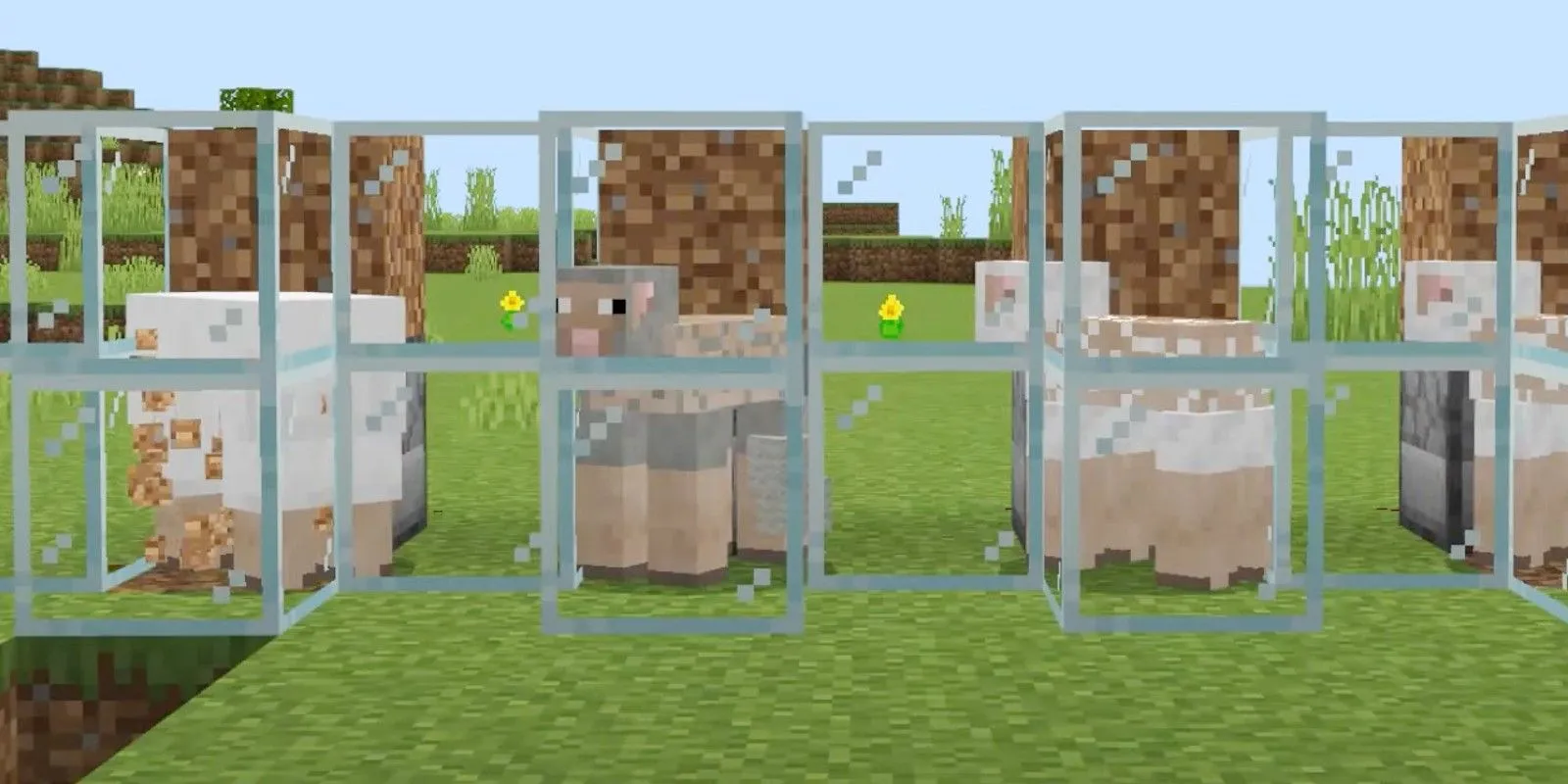
Among all the mobs in the Overworld, sheep are one of the most beneficial. They provide both wool and mutton, making them invaluable for crafting and sustenance, particularly in the early stages of a player’s journey. Notably, sheep offer a remarkable variety of wool colors—16 in total—making them a versatile choice for aesthetic construction.
Other resources, like terracotta, demand more complex acquisition processes involving dye and clay, requiring players to navigate additional crafting mechanics. In contrast, dyeing sheep simply involves breeding them with base dyes like red, blue, and yellow, which facilitates an economical avenue for a vibrant palette of construction materials.
While cows, pigs, and chickens contribute to gameplay, none match the utility of sheep. Cows primarily deliver milk and meat, while pigs mainly offer food items. The versatility of wool in crafting provides sheep with a practical edge, making it perplexing why they were excluded from the aesthetic upgrade with the Spring to Life expansion.
The Case for Revamping Sheep and Wool
An Overdue Refresh

Sheep have become the most neglected mobs in Minecraft, which is especially concerning given their frequent interaction with players. While some mobs escape significant attention, like squids and silverfish, they are less prevalent in daily gameplay compared to sheep. Given that every other farm animal has received an upgrade, it is only logical for sheep to receive similar enhancements.
Drawing from global real-life breeds, sheep could feature new warm and cold textures that reflect their diverse characteristics. The existing model predominantly resembles the Merino breed, the most common globally, but other captivating breeds could offer fresh aesthetics. For example, the Valais Blacknose, known for its striking features, would introduce an appealing new design for cold climates.
Alternatively, the Dorset breed could present itself as an exciting variant for its prominent horns, further diversifying the game’s offerings. For warmer regions, incorporating the Gulf Coast Native sheep would provide a more regional touch, despite its resemblance to the basic white sheep model.
Additionally, players have awaited the introduction of new dye colors since the Minecraft Java Edition Beta 1.2 update in January 2011. As the game expands with intricate blocks like glazed terracotta, the introduction of fresh wool colors would greatly enrich gameplay. Offering more color combinations increases the design possibilities, although it might complicate the dyeing process.
